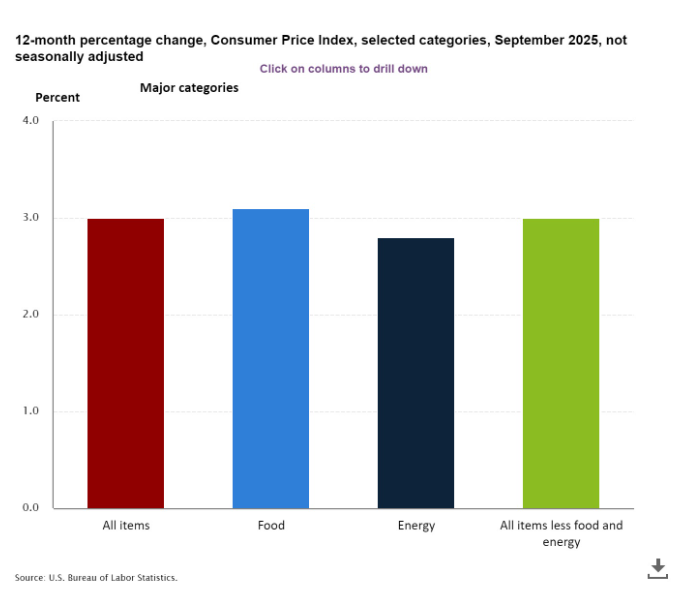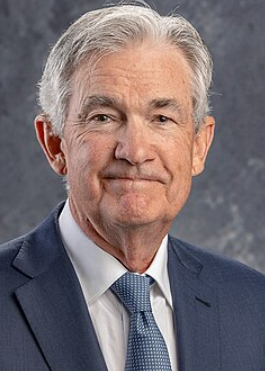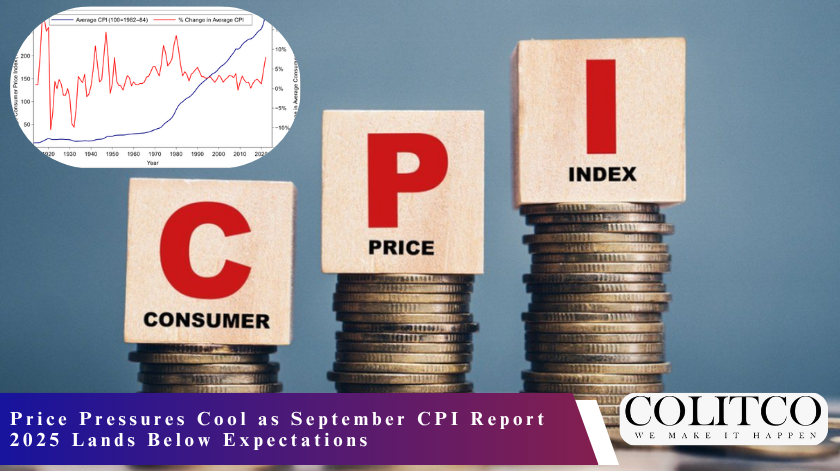Inflation slowed more than anticipated last month. The Bureau of Labor Statistics released delayed September data showing consumer prices rose 3% year-over-year.
Markets had braced for a higher reading of 3.1%.
The report arrives during an unprecedented government shutdown. Federal workers were temporarily recalled to compile the data, which determines Social Security cost-of-living adjustments for 2026.
Key Findings from the Latest Inflation Data
The Consumer Price Index climbed 0.3% monthly in September, down from August’s 0.4% gain. Core inflation, which strips out volatile food and energy costs, advanced 0.2% for the month.
Annual core inflation matched headline figures at 3%.
Breaking down the numbers:
- Gasoline prices jumped 4.1%, the largest contributor to overall inflation
- Shelter costs rose 0.2% monthly, up 3.6% annually
- Food prices increased 0.2%, with meat and eggs up 5.2% year-over-year
- Used vehicle prices fell 0.4%, providing some relief
- New vehicle costs climbed 0.8%
The softer-than-expected CPI Report September 2025 sent stock futures higher and Treasury yields slightly lower. The US Dollar Index dipped 0.12% following the release.

Consumer Price Index
Federal Reserve Decision Looms Large
The Federal Reserve is widely expected to cut its benchmark interest rate by a quarter percentage point at next week’s policy meeting. Current rates sit in a 4% to 4.25% range.
Markets are pricing in another cut in December. However, the path beyond year-end remains uncertain.
Fed Chair Jerome Powell faces a delicate balancing act. Inflation is edging higher partly due to President Trump’s tariffs, according to economists. Simultaneously, hiring has slowed sharply this year.
Art Hogan, chief market strategist at B. Riley Wealth, noted the Fed remains “more focused on the softening labour data” despite core inflation sitting well above the central bank’s 2% target.

Fed Chair Jerome Powell
Tariff Impact Remains Muted But Growing
The Trump administration’s trade policies loom over economic forecasts. US businesses are absorbing some tariff costs through lower profits, while passing roughly 55% of import taxes to consumers in the form of higher prices, according to Goldman Sachs analysis.
Tariff-sensitive categories showed pressure in September:
- Apparel prices increased 0.7%
- Household furnishings climbed 3% annually, the most since mid-2023
- Audio and video equipment rose 1.6%, the highest since 2021
Data within the CPI report, combined with customs revenue generated by tariffs, indicate a “realised” tariff rate of just 10%, according to James Knightley, chief international economist at ING.
The full economic impact may not surface for several more quarters.
What This Means for Households
The typical American household is spending $208 more monthly in September to purchase the same goods and services as a year ago, and $1,043 more per month than at the start of 2021, new data from Moody’s Analytics showed.
Despite the moderation in September’s reading, inflation remains stubbornly above normal levels. The Federal Reserve’s 2% target feels distant.
Energy costs provided mixed signals. Electricity prices rose 5.1% annually while natural gas surged 11.7%. These increases hit household budgets directly.
Gold and other commodities often serve as inflation hedges during uncertain economic times. However, precious metals have shown recent volatility as investors reassess rate expectations.
Shelter Costs Show Signs of Cooling
Housing-related expenses comprise roughly one-third of the CPI weighting. September’s data offered encouraging news on this front.
Shelter costs rose just 0.2% monthly and were up 3.6% year-over-year CNBC. This marks a significant deceleration from earlier in the recovery.
Services excluding shelter also increased 0.2%. The moderation in housing inflation could provide broader relief if the trend continues.
Government Shutdown Creates Data Vacuum
The September CPI report comes after employees at the nation’s critical statistics offices, including the BLS, were furloughed as the government shutdown drags on.
The White House called back roughly 100 employees at the BLS to compile the September CPI report. Legal requirements mandate timely release for Social Security COLA calculations.
Beyond this report, darkness envelops federal economic data until the government reopens. The Fed must navigate interest rate decisions without key labour market updates or GDP figures.
Lindsay Rosner, head of multisector fixed income investing at Goldman Sachs Asset Management, stated there was “little in today’s benign CPI report to ‘spook’ the Fed” and anticipates further easing at next week’s meeting.
Market Reactions and Investor Sentiment
Financial markets welcomed the cooler inflation reading. Stock futures added to gains following the 8:30 am release. Treasury yields edged lower as traders increased bets on Fed rate cuts.
John Kerschner, global head of securitised products at Janus Henderson, compared the report to “an oasis slaking the thirst of a weary desert traveller” given the barren landscape of government data since October 1.
The ASX 200 and commodity markets have shown sensitivity to US inflation readings in recent months. Australian investors watch Federal Reserve policy closely given its global influence.
Also Read: GPT Group Makes Bold Play for Sydney’s Crown Jewel: $860M Stake in Grosvenor Place
What Comes Next
The Federal Open Market Committee meets October 28. Barring any surprises, officials will announce a quarter-point rate reduction.
December’s decision faces greater uncertainty. Without October CPI data, the Fed must rely on incomplete information. The White House said the October inflation report is unlikely to be available next month.
Economists at Bank of America expect tariffs to remain “a source of goods price inflation over the next few quarters.” The full economic impact of trade policy may take months to materialise.
Social Security recipients will receive a 2.8% cost-of-living adjustment in 2026. This translates to an average monthly increase of $54, raising the typical retired worker’s payment from $2,008 to $2,062.












